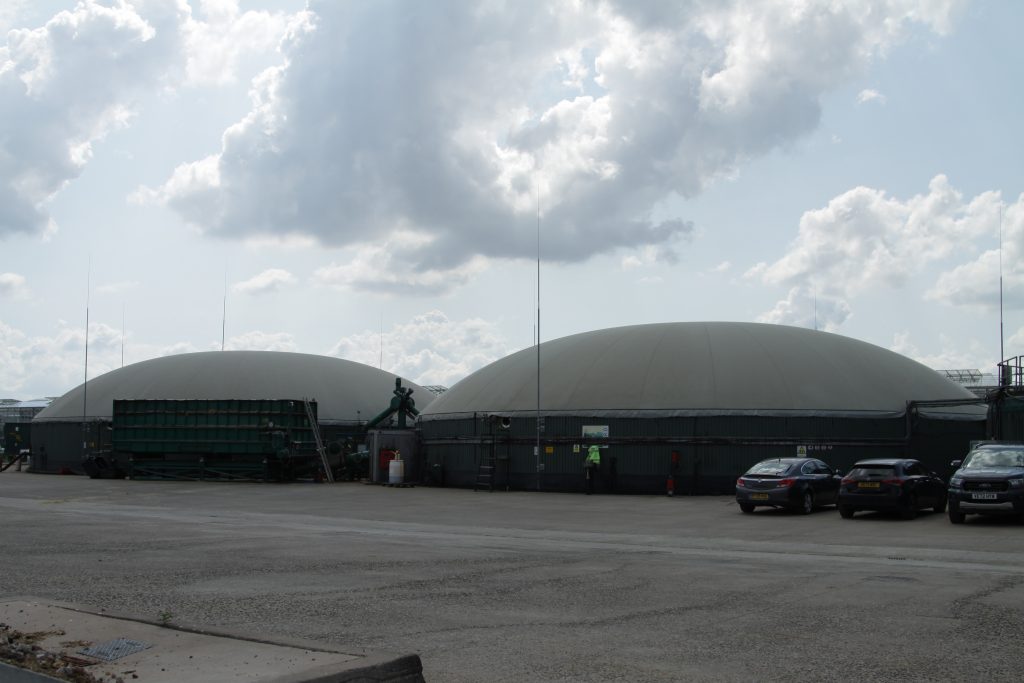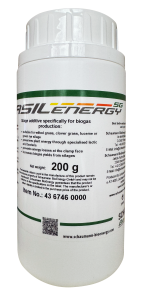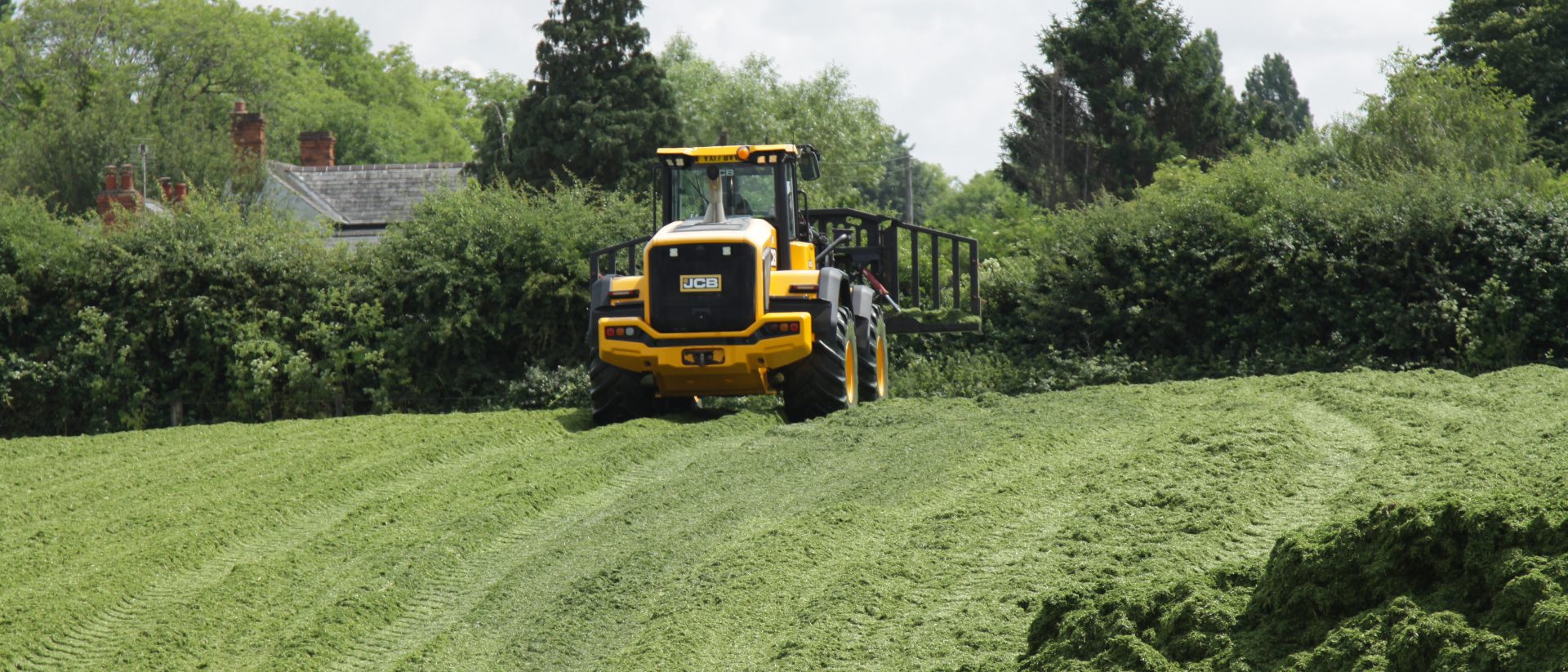NOTE THIS IS A GUEST BLOG AND DOES NOT REPRESENT THE VIEWS OF THE REA.
By Tim Elsome, General Manager of FM BioEnergy – www.fmbioenergy.co.uk

Tim Elsome, General Manager, FM BioEnergy
For crop-fed AD plants, quality of feedstock is the key to efficient biogas production throughout the year. Whether you’re processing maize, grass or wholecrop cereals, it’s important to create good silage to ensure you get the highest gas output.
Up to 25% of dry matter can be lost in silage clamps, with up to a third of these losses due to poor practices when the clamp is being unloaded. A 10°C temperature increase at the clamp face will incur energy losses of 3% per day, while each lost m2 at the top of the clamp can cost an operator in excess of £30.
Practical tips for quality silage
Paying attention to small details at every stage of the ensiling process can therefore bring real financial benefits. The following seven steps are good rules to follow…
- Harvesting
Harvest at the ideal stage of growth to maximise energy content and optimise dry matter yield – aim for 32-36 DM% for maize, 30-40 DM% for grass. Apply a quality silage additive when harvesting to boost good bacteria, speed up fermentation time, prevent moulds and yeasts, and reach optimum pH as quickly as possible.
- Chop length
Squeeze a handful of harvested crop: if moist, delay harvest or increase chop length. If material doesn’t stay compressed, shorten chop length.
- Filling the clamp
Create anaerobic conditions asap, ideally within three days. Match harvest rate to the speed at which the clamp can be filled and compacted, and space out trailer deliveries.
- Compaction
Poor compaction is a leading cause of yeast and mycotoxin formation. Aim for 700-750kg of fresh material per m3 and compact systematically in layers of 15-20cm, with no dents in the surface.
- Sheeting
Cover the clamp immediately with oxygen barrier films to create anaerobic conditions. Ensure adequate overlap where sheets meet and protect plastic sheeting with woven sheets, using weights placed in 2m parallel lines to the clamp face.
- Opening the clamp
Don’t dig under the clamp face (this can lead to collapse) and don’t open the clamp too soon – eight weeks is usual.
- Removing material
To keep the cut face tight and clean, ‘shave’ silage from the exposed clamp face, take only what you need, and feed immediately to the digester. Remove any spillage to avoid contaminating good feedstock.
Preserving the potential of grass
Following the above steps will help to maximise the biogas potential of your crop feedstock. And for some growers – particularly those in Northern Ireland, Scotland and Northern England – that crop is more likely to be grass than maize.
Grass is rich in protein but low in sugar, and silage additives (in combination with good practice) can help to preserve its energy in the clamp. However, the variability of UK weather often results in large differences in grass dry matter from one season to the next. Selecting the right silage additive can therefore be a challenge, with growers often stocking up on multiple products to cover all DM% eventualities.
To combat this issue, we’ve worked with our German partners Schuamann BioEnergy to develop a new grass silage additive that’s ideal for the variable UK climate. Silasil Energy SG uniquely contains four bacterial strains (instead of the usual two), which means it can boost lactic and acetic acids just as effectively on wet grass as on dry grass. Lactic acid rapidly lowers the pH of silage while acetic acid suppresses the growth of yeasts and moulds, making both essential for good silage production. Boosting the production of lactic and acetic acids therefore enables grass silage to stabilise more quickly, reducing energy losses, improving storability and maximising biogas potential.

AD operators Vale Green Energy conducted a 7-month trial of FM BioEnergy’s new grass silage additive
Real-world results
We’ve just completed a seven-month laboratory trial of Silasil Energy SG with leading AD operator Vale Green Energy, on grass silage harvested from three cuts in 2023. Results show that, compared to the untreated silage, levels of acetic and lactic acids doubled in just nine days – and remained high seven months later. Silasil Energy SG is now providing long-term protection to Vale Green Energy’s grass silage, keeping it free from moulds and yeasts, ensuring it doesn’t heat up at the clamp face or during feed-out, and preserving the energy for biogas production – whatever the dry matter.

Silasil Energy SG contains four bacterial strains instead of the usual two, helping to preserve the biogas potential of grass in the clamp, regardless of whether the season has been wet or dry
To read the full case study, go to: https://www.fmbioenergy.co.uk/knowledge-hub/case-studies.aspx
To request a trial of Silasil Energy SG contact [email protected]
For a free copy of our poster ‘7 steps to superior silage’ contact [email protected]

